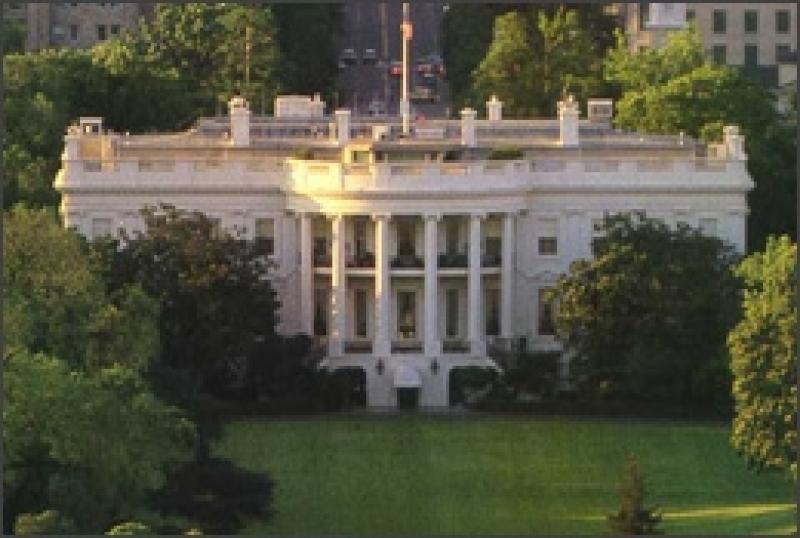CLINTON ORDERS AGENCIES TO CUT RULES, STAFFS
By: Dan Balz (The Washington Post)
It's deja vu all over again.

September 11, 1993 -- President Clinton today ordered federal agencies to cut their internal regulations in half, eliminate half their middle managers over five years and develop specific plans to make their operations "customer friendly."
Wrapping up a week of events promoting their plan for "reinventing government," Clinton and Vice President Gore came to Texas to pay tribute to Gov. Ann Richards (D) and State Comptroller John Sharp, whose Texas Performance Review served as the prototype for the administration's planning.
Richards, quoting a Texas newspaper, described the Clinton-Gore initiative as "federal liposuction," adding, "One way or another, you've got to get the fat out."
Clinton, in his weekly radio address, restated his belief that the administration's other initiatives, including job creation, health care reform and the North American Free Trade Agreement with Mexico and Canada, cannot succeed without a government that regains the confidence of the American people.
"In this world of dramatic change, one of the biggest obstacles to our changing is the machinery of government itself," he said. "It's frankly been stuck in the past . . . . Reforming -- indeed, reinventing -- government is essential to make our economic, health care and trade efforts succeed."
During a town hall meeting later at a warehouse of surplus state property, Clinton said he is trying to overcome "widespread cynicism . . . that the federal government could do anything right," and called the reinventing government proposal "a big deal" in helping to achieve that.
After the town hall meeting, Clinton signed three orders designed to give some momentum to the reinventing government effort. Many other elements of the plan will require congressional approval.
The first order calls on federal agencies to reduce their own internal regulations, particularly personnel regulations, by 50 percent within three years. It is designed to create a more flexible and responsive work force.
The order would not affect such things as government regulations on the environment or health and safety in private industry.
The second order begins the process of reducing federal employment by 252,000 workers during the next five years. Clinton asked his Cabinet officers and agency heads to report back by Dec. 1 with preliminary plans on how they expect to meet the goal, which amounts to a 12 percent reduction in federal civilian employment.
Clinton emphasized that half of those reductions would come from middle management.
The final order directs agencies to identify their "customers" and, through surveys or other means, determine those customers' expectations for service; the agencies are to post those expectations and develop ways of measuring whether the agencies are meeting service goals.
Sitting on stools on a stage set up in front of shelves holding large, blue barrels, spools of cable and other government property, Clinton and Gore used their town hall meeting to question state and local workers on how they have improved their delivery of government services or cut the cost of doing business.
Clinton and Gore effusively praised Texas comptroller Sharp, who instituted a performance review in 1991, which recommended 975 ways to cut costs and improve services. Sharp served as a senior adviser to Gore's six-month study of the government and lent the administration several of his top aides.
Sharp, in turn, called Gore's work courageous, adding with a grin, "I'm not just saying that because you mentioned my name on Letterman."





No, no, no, it couldn't be. Bill Clinton was the best thing since sliced white bread.
I guess Clinton ended democracy
Slick Willie monetized democracy. Clinton's affirmative action in government procurement was the original DEI.
If you read the article, you’ll see that the process was a lot more thoughtful and methodical than the current chaos. It also involved existing experts and Congress, and enjoyed broad bipartisan support as a result. Major changes were advanced through bipartisan legislation, not a shitstorm of hastily issued executive orders.